Growing Vegetables in Central Texas: Ten Things We’ve Learned
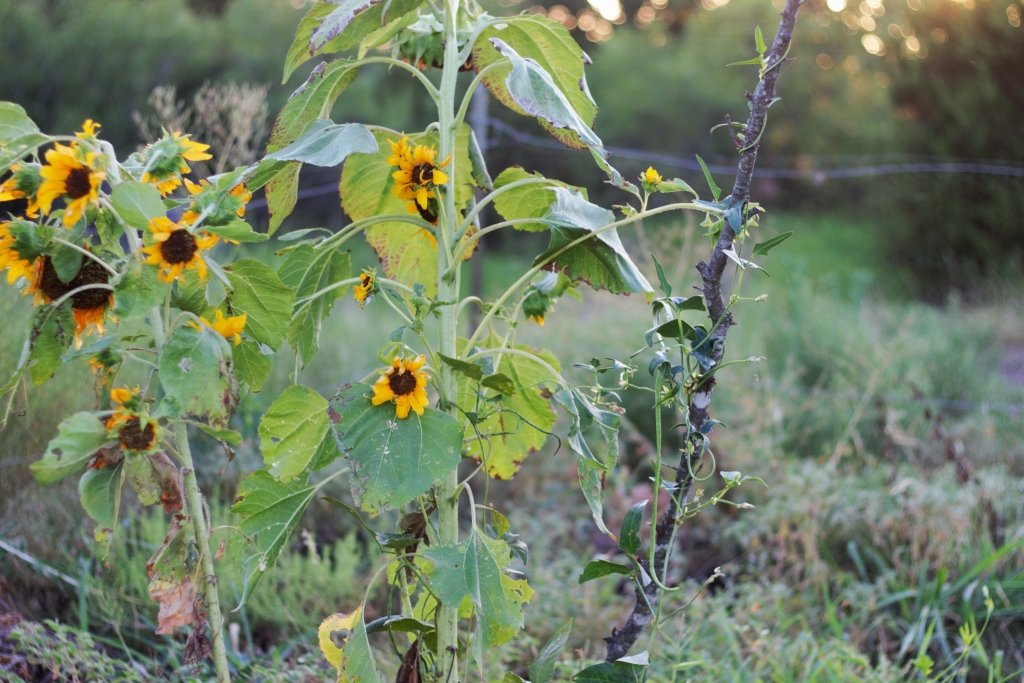 For years I would, from time to time, look up Central Texas Gardening on the internet. This usually coincided with a complete gardening fail of some sort and the inevitable”Does anything grow here?” that I would ask myself. It’s been a real lesson in trusting the Lord for our provision and seeking Him in prayer for what we should be doing, if He would have us to grow anything here at all.
For years I would, from time to time, look up Central Texas Gardening on the internet. This usually coincided with a complete gardening fail of some sort and the inevitable”Does anything grow here?” that I would ask myself. It’s been a real lesson in trusting the Lord for our provision and seeking Him in prayer for what we should be doing, if He would have us to grow anything here at all.
In that internet search, I found blogs that were given up on after a year or two of blog posts detailing the few successes and many failures the harsh conditions here gave. I found sites that said growing vegetables here was no problem, if you had plenty of money to plunk down upfront on shipping in compost and oh yeah, don’t forget to spray with heavy chemicals for a gar-an-teed yield in spite of the grasshoppers, fire ants, rabbits, and squash bugs.
Neither of those were options for us. We did try out the Back to Eden wood chip mulch concept but found that seeds did not germinate well in the soil abutting the wood chips, that this was more a long-term (4+ years) solution to building soil, and that it did nothing to improve the layer of soil 12-18 inches below the wood chips that remained hard as a rock.
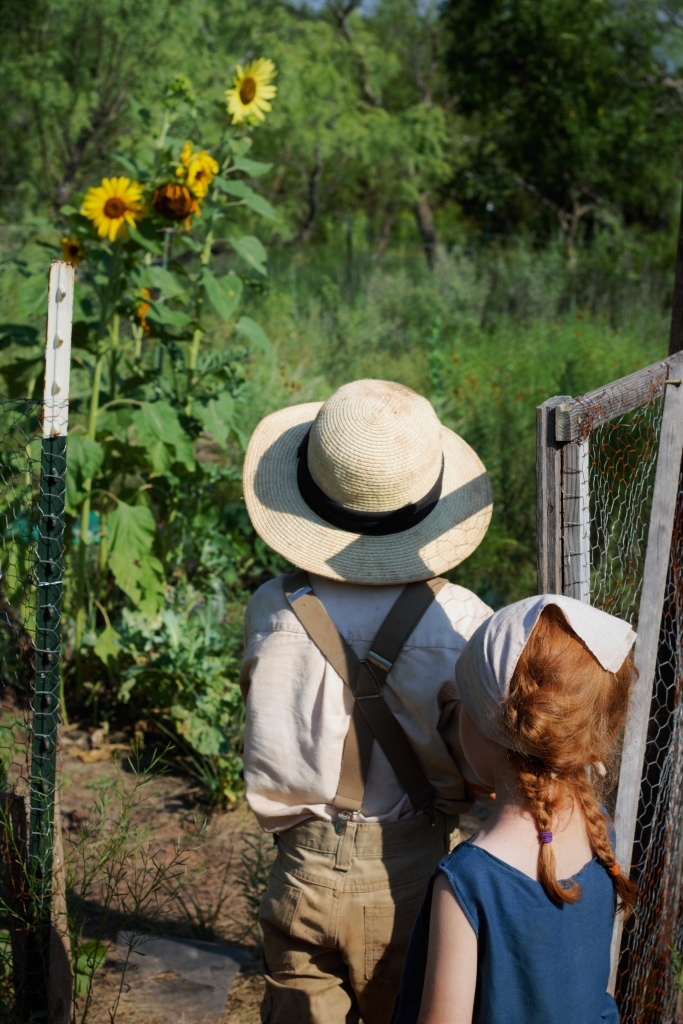
Every year, by the Lord’s mercy in providing seeds and resources and teaching us new things, has yielded a better garden than the previous. This year has been the most successful by far, again only by the Lord’s mercies in having the water, building up of the soil, and the resources and physical energy for us to do the work needed.
After five years of Texas gardening, here are ten things we’ve learned:
- Manure. Seriously, give me a huge pile of steaming poo composting away and I am a happy girl. Adding plenty of manure and straw and then letting it sit for a season before planting has made one of the biggest differences for our garden. If you want to know why manure is so good for your soil, this is a good article.
- Dig Deep. We are big fans of the concepts of no-till gardening. The problem is that you have to have established top soil rather than hard clay to begin with in order to practice such an endeavor. So when the Back to Eden gardening was proving problematic for short-term soil building, we began mixing things in. It took us a couple of years but now much of our two main garden spaces – the pallet garden and the chicken field – have had the clay turned over and mixed in with a great deal of soil amendments and manure/straw mixture. The best beds are now ones we can add layers of organic matter to but do not need to be tilled in the same way every planting.

- Raw Milk. Stewart has been adding raw milk to the garden as per this article and we really think it has helped the health of the soil and the plants.
- Grow short-season crops to avoid the very dry/hot months of July, August, and September. The two major seasons for us are March – early July and September through November. In between the sweet potatoes and cowpeas and collards can survive, if given enough water. This concept is one that is elaborated upon in Growing Food in a Hotter, Drier Land.

- Use fowl as bug control. We had a crazy grasshopper issue before we ramped up the number of guineas and chickens we kept on the property. I think it was in a Geoff Lawton video that we heard a bug problem is usually a lack of turkey or chicken problem and that proved very true for us.
- Getting a cat for rodent control. Likewise, when the rats began eating tomatillos, sweet potatoes, and more; we realized a cat was needed. That is how Rover came to the homestead.

- Starting seeds inside, away from pests and harsh conditions, early. This looks like Jan/Feb for spring and September for fall. Again, focusing on these two shorter seasons has helped us to avoid the toughest months of the year for plants.
- Heavily seed beds. We do a lot of direct sowing for crops like greens, roots, brassicas, and herbs. When we have rain in the forecast, or literally heading our way, we have been known to make a bed ready and broadcast the seed and barely cover it with soil. Unlike the usual method of poking a hole and planting a single seed, this method gives us a bed of seedlings we can thin as needed. Those thinnings we eat in salads or soups and in the end we have more food and fewer holes in beds where poor seed germination or critters were an issue.

- Learn to eat what grows, not the other way around. If we lived in the lush Willamette Valley we could choose heirloom tomato varieties, cucumbers of all kinds, and whatever vegetables we loved eating simply because we were used to eating them. Not here. Okra isn’t everyone’s favorite but it grows well so we eat it and it can be delicious if cooked right. Cowpeas are not as yummy as green beans but are more prolific so we eat them. We all prefer white potatoes to sweet (though we love both) so we learn to eat the ones that grow that year. Furthermore, when we find something that works, we plant it again and again, whether or not it is our favorite food. Turnips, sweet potatoes, cowpeas, collards, mustard, chard, and squash are all on that list. Things like tomatoes, cucumbers, and peppers have all been far too hit and miss so we are waiting until we get the staple nutrition and calorie crops down before we venture into the more “fun” stuff.

- A move towards more animal foods. I read a book recently that detailed the life of the Texas settlers near this area before railways could bring staple foods consistently. In Interwoven Sallie Reynolds Matthews said they ate primarily meat, eggs, milk, and bread made from large stores of wheat and corn meal they would purchase in huge quantities. She also said that, having been exposed to the concepts of vitamins and minerals in later days, she was shocked at how healthy her whole family was despite the very rare intake of fruits and vegetables they had. Milk, eggs, and meat/organs/broth are all incredibly nutrient and calorie dense. Along with a staple crop like potatoes, corn, or squash and some greens; these homegrown foods could completely sustain us if grown in large quantities.
Having said all that, I want to emphasize two things. The first is that we are not experts by a long shot; these ten lessons were learned the hard way and I’m sure we have much more to learn. Secondly, food is only as good as the soil it comes from. Likewise, animal foods are only as good as the food they eat. Really focusing on organic matter and minerals in the soil has made a great deal of difference for us in the gardens.
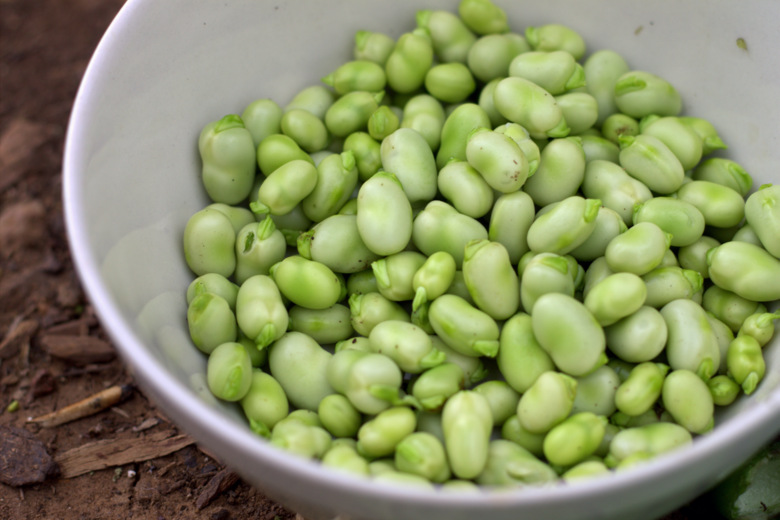
As does choosing the right vegetable varieties for this area. Someone recently asked me what has worked well in our gardens, which sort of inspired this little blog series. The list I gave her I will share with you next time.

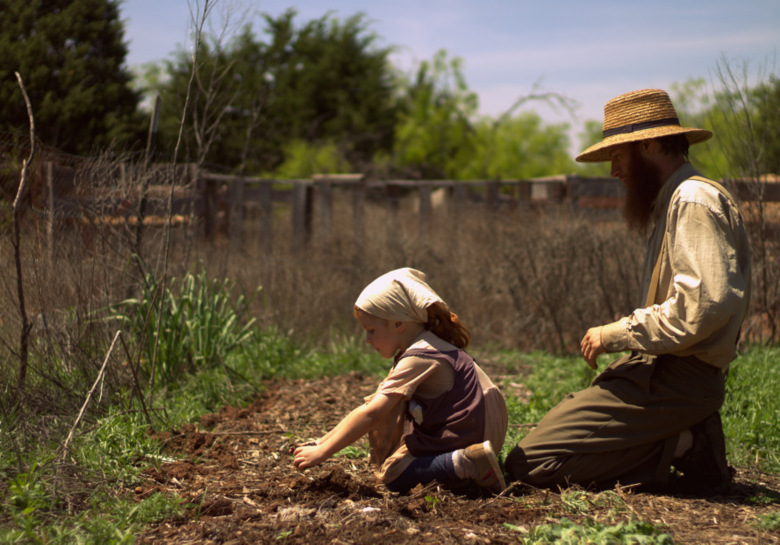
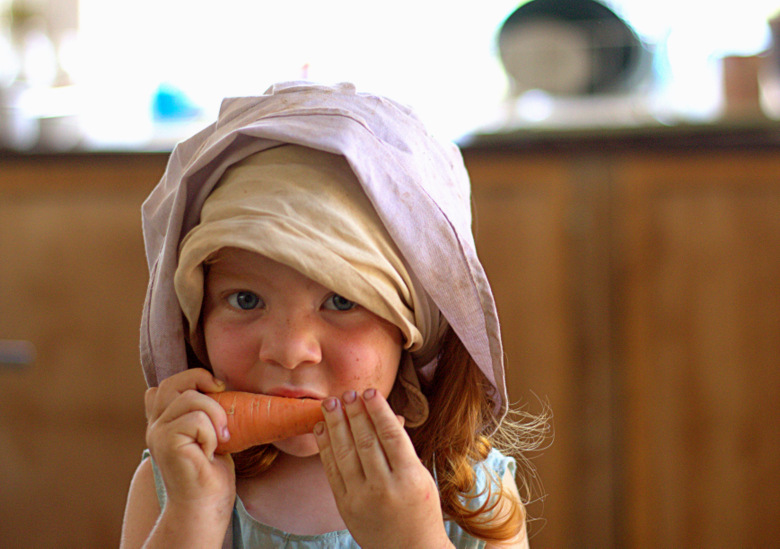
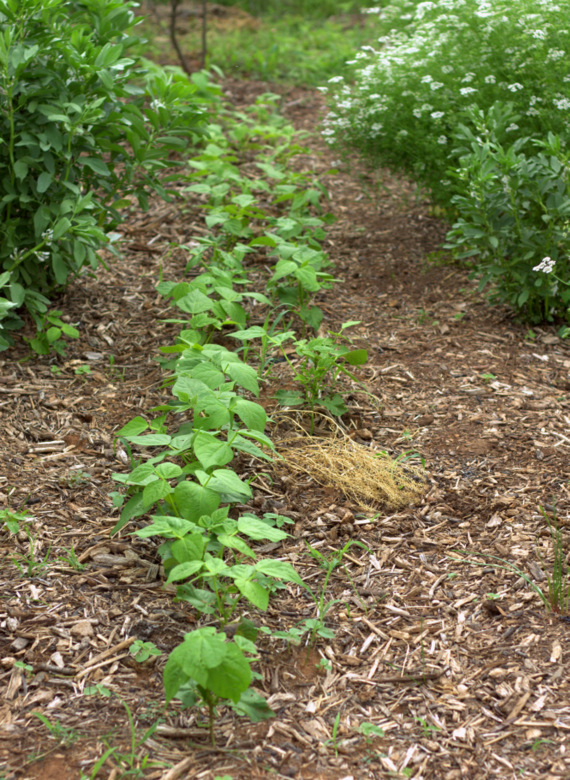
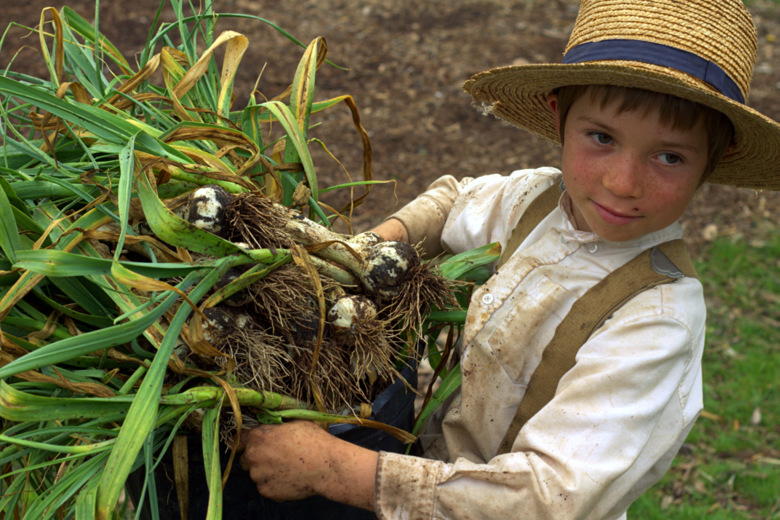
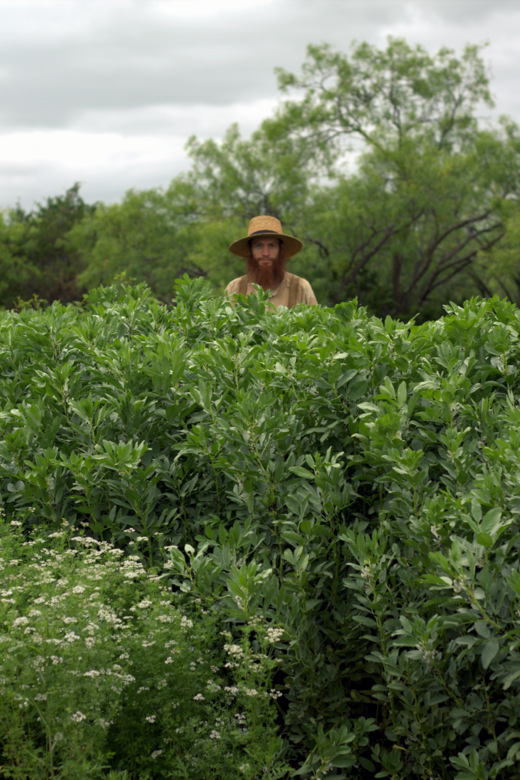
Growing food is always a steep learning curve, the conditions vary so much even in close areas, depending on canopy, Windbreaks, available water and soil conditions. A lot of food growers use ‘poly tunnels’ for some plants that struggle in harsh conditions, they are a very easy diy construction, bang in some star pickets, join the pairs with plastic pipe curved to form the roof , the pipe has to fit over the pickets like a sleeve and cover with shade cloth or plastic, depending on what you need. The best setup for your extremes might be to cover first with shade cloth for the hot weather and add the plastic over the top for the cold times, the plastic could even be rolled down to leave one side in place for hot wind protection.
Finance is always a problem when setting up any new structures but you can usually find second hand star pickets and if you didn’t want to use plastic pipe you may be able to bend some long saplings from your land, they would have to be very smooth so the wind rubbing them on the covering would not cause damage.
Good luck with your next growing season.
Hi Margo!
Thanks so much for your advice!
We have previously used poly tunnels and they worked well. I think right now we are hoping to build some more permanent poly tunnel like structures, possibly out of wood.
I agree, being able to create a shade and cold cover in one structure is ideal. Lord willing, we may get to that someday. 🙂
I’ve had decent luck with sauce tomatoes here in north Texas. Roma VF from Southern Exposure. And if you like cherry tomatoes, try Texas Wild. It did very well for me with little care and reseeds itself.
Emily,
Thanks so much for your comment! I will have to look into those varieties and give them a try. We have grown tomatoes here previously but again they don’t do great through the hot summer. They often produce come fall, however, once the temperatures have cooled down and the rain returns.
I have enjoyed your posts and watching the homestead grow. The children are so fun to watch also. How beautiful and pure they look. There is just something about children that are living on the land that is so appealing. Their clear eyes and dirty faces are precious. Just want to say that you and Stewart are doing a great job. Be encouraged, God is great and He will continue to guide you.
Hi Margie,
Thanks for your kind words! Yes, the Lord has granted infinite graces and mercies toward us and it is only because of Him that anything we’ve planted has turned fruitful.
All glory be to Him!
Here in the mountains we have a somewhat short growing season, so we really have to choose those crops that work here. It seems we have 3 to 4 months of good weather bookended by cold whereas you have the heat. Still, I learn from your gardening posts and really enjoy them too! ☺
Jackie,
Wow, sounds like a completely different set of challenges where you are, though similarly short growing seasons.
Thank you for this! We have a little farmstead in Phoenix and I’m always finding myself wondering what specific seeds you plant, for this crazy climate. I have found that brassicas and greens grow unexpectedly well for me here, well into the coldest parts of winter. The only problem I face is the inevitable chicken break-in…just amazing how quickly they can dig up and devour my beautiful greens ??? Will be looking forward to your next post!!
Yes LF… chickens love the greens, good solution is to grow a good patch of spinach or silverbeet, ( away from your vegies) which you can pick and feed to them as the plant keeps growing, then when the plants are fully grown in height the chooks can be let onto them once or twice a week as they are too big to dig up. This worked for my daughter.
I’m like Jackie, we have a short growing season due to the cold, and we’re looking at moving even higher up and colder!
I gree with Margo about the poly tunnels. I have friends who live in much hotter, desert climates who garden this way, shade cloth in the summer, plastic in the colder months. I will be using the plastic option if we move.
It is a learning curve for sure, and we have the shops to supplement our failed carrots Etc.
Thank you for this post!
I live in Australia, and have some heat problems to contend with, as it sounds like you do in Texas as well. I found the cherry tomatoes were the only ones we could grow with any kind of reliability. Because they’re prolific and small enough to grow to harvest, before the heat kicks in. Then when it cools in autumn again, they will start producing reliably again.
We also solved our clay soil problems by building hugelkultur beds, above the ground. We used the resources we already had to build a raised bed (wire mesh covered in shade cloth) then filled it with all sorts of debris we had laying around. We found, placing succulents (prolific in desert conditions) at the bottom, with all the logs, helped keep the moisture down low for the roots to reach down to.
When we went searching for material to put into our beds, we realised how abundant God’s creation is – even in desert like conditions. It just doesn’t look fancy and green. It’s dead, composting and spread out, instead. Accumulate all that rotting abundance on our property however, put it all together and you have God-given compost. We found the difference in our garden succeeding though, was planting more plants, just to chop and drop to cover and feed the soil. It’s our personal way of saying thanks to God’s creation. We’re not just taking food away for ourselves, but we’re working to replace the nutrients we took from the soil.
Indeed, it is true that it’s far greater to give than to receive.
Chris,
Thanks so much for such a detailed list of tips! Chop and drop is something we’re big fans of as well. Or, if you pull the weeds, leave them in the garden, please! All of that organic matter really adds up, doesn’t it? I will be filing away your tips for hugelkultur, etc.Thanks!